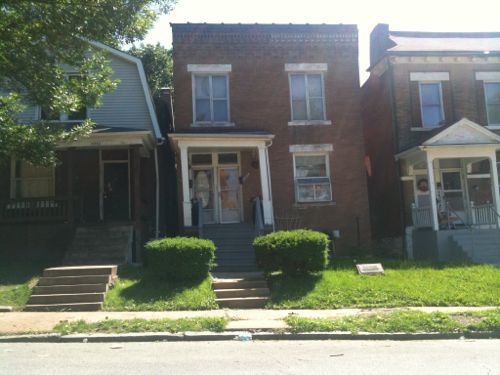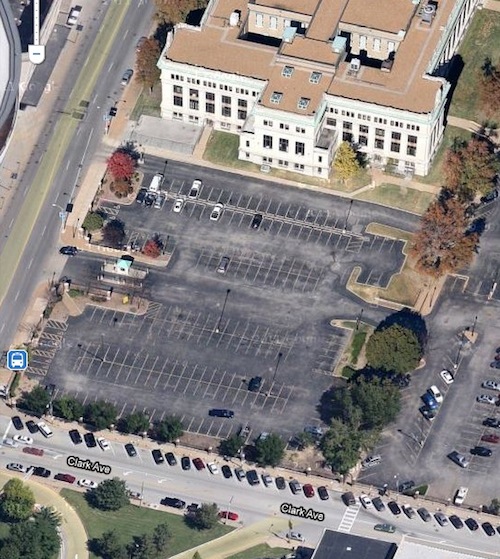Backed By Nine St. Louis Businessmen Charles Lindbergh Began Historic Flight 84 Years Ago Today
 Eighty-four years ago history was made, thanks in part to financial help from St. Louis:
Eighty-four years ago history was made, thanks in part to financial help from St. Louis:
At 7:52 A.M., May 20, 1927 Charles Lindbergh gunned the engine of the “Spirit of St Louis” and aimed her down the dirt runway of Roosevelt Field, Long Island. Heavily laden with fuel, the plane bounced down the muddy field, gradually became airborne and barely cleared the telephone wires at the field’s edge. The crowd of 500 thought they had witnessed a miracle. Thirty-three and one half-hours and 3,500 miles later he landed in Paris, the first to fly the Atlantic alone.
Working as a mail pilot a year earlier he heard of the $25,000 prize for the first flight between New York and Paris. Backed by a group of St. Louis businessmen, Lindbergh supervised the building of his special plane and set out after the prize. Other teams were attempting the feat – some had met disaster. Lindbergh equipped himself with four sandwiches, two canteens of water and 451 gallons of gas. Midway through the flight “sleet began to cling to the plane. That worried me a great deal and I debated whether I should keep on or go back. I decided I must not think any more about going back.” (Source)
Air travel has changed considerably since Lindbergh’s flight to Paris. Today the flight only takes eight and a half hours, still too long on a plane for me. Â The Concorde took just under 3.5 hours.
Twenty years after Lindbergh’s flight planner Harland Bartholomew wrote in St. Louis’ 1947 Comprehensive Plan:
It is reasonable to assume that the developments in air transportation during the next few decades will parallel that of automobile transportation, which really started about three decades ago. St. Louis must be prepared to accept and make the most of conditions that will arise. Provision of the several types of airfields required must be on a metropolitan basis. The recently prepared Metropolitan Airport Plan proposes thirty-five airfields.
Three were to be located within the city limits. Crazy times.
– Steve Patterson






